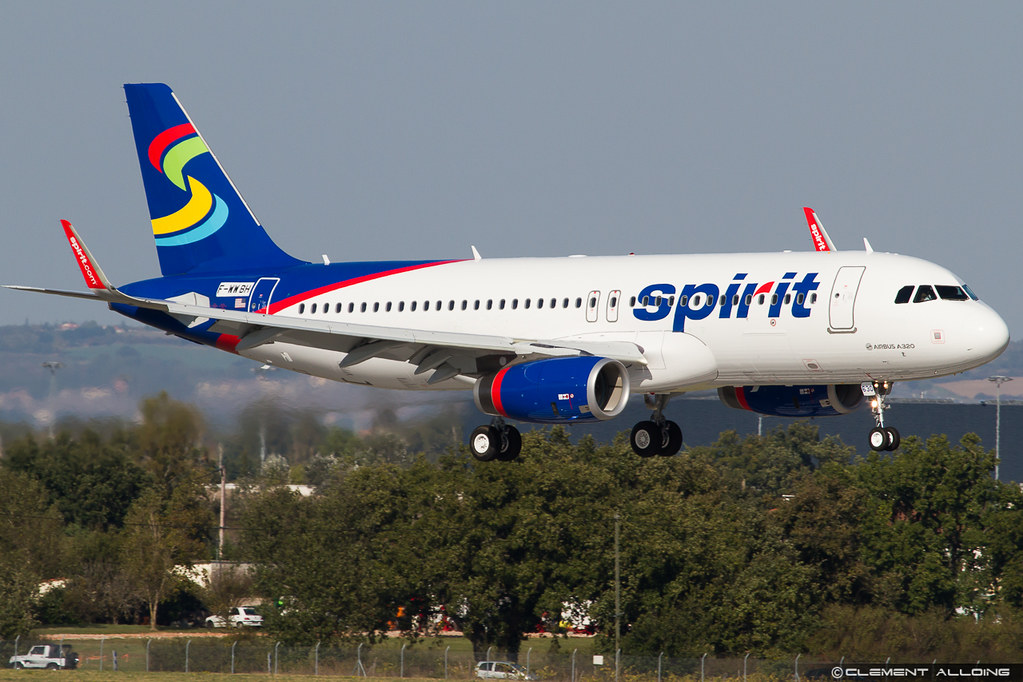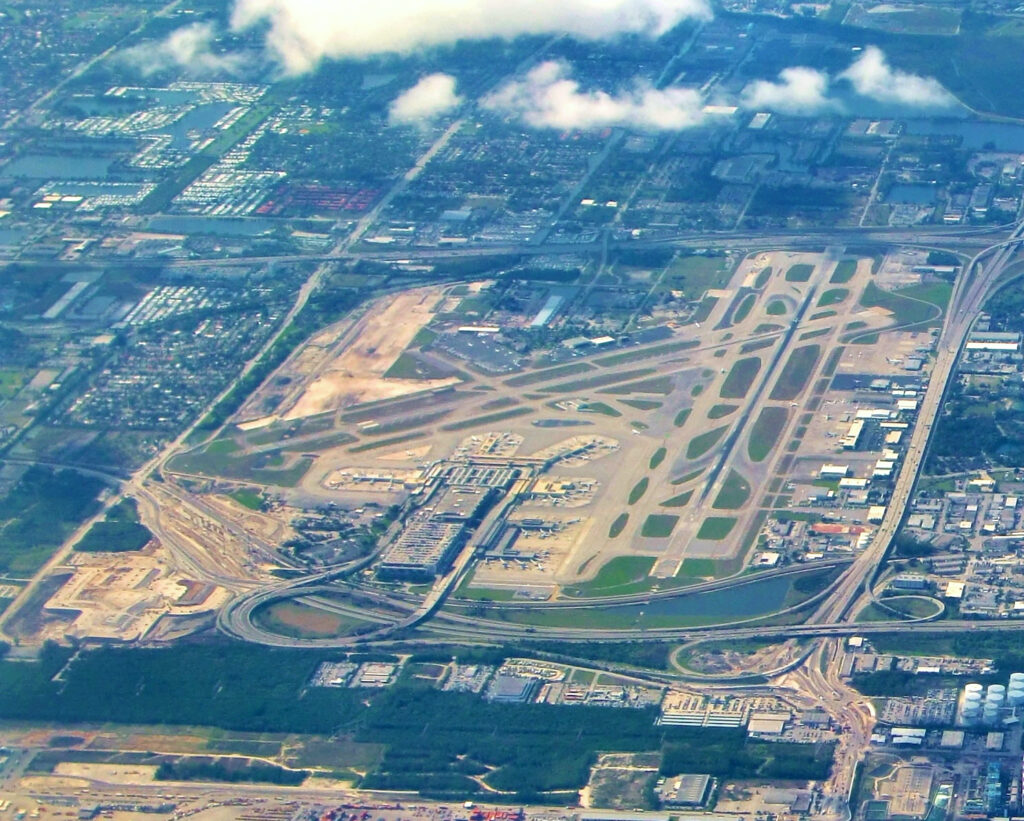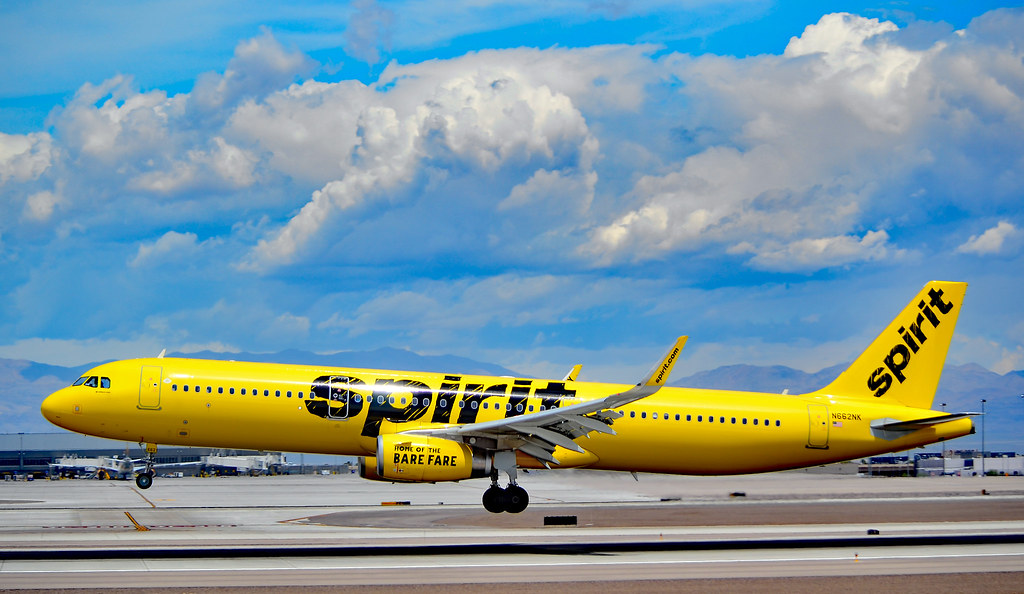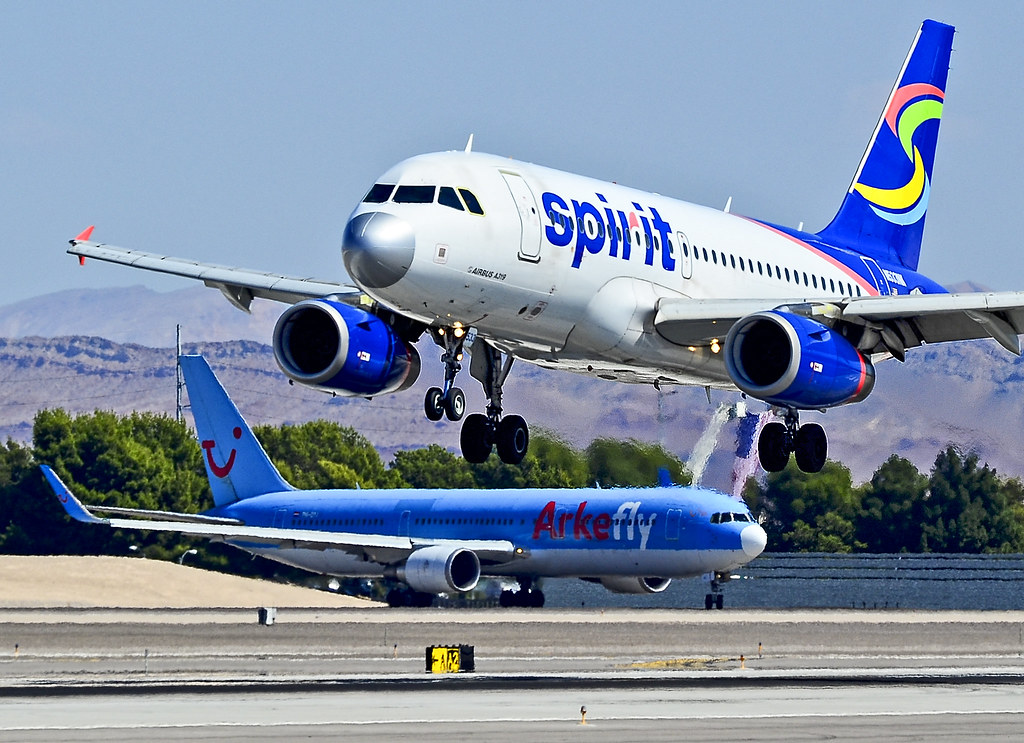
NEW YORK — Spirit Airlines, the prominent budget carrier, finds itself once again at a critical juncture, having publicly declared “substantial doubt” about its capacity to continue as a going concern within the next 12 months. This stark admission, contained within a recent quarterly report issued on Monday by its parent company, Spirit Aviation Holdings, comes mere months after the airline successfully navigated its way out of Chapter 11 bankruptcy. The phrase “going concern” in accounting terminology denotes the necessary resources an entity requires to sustain its operations, and Spirit’s latest disclosure signals a profound challenge to its immediate future.
This alarming assessment stems from a confluence of “adverse market conditions” that have persistently plagued the airline, despite its recent restructuring efforts and various initiatives aimed at revamping its offerings. A central factor cited is the weak demand for domestic leisure travel, a trend Spirit noted has not only persisted throughout the second quarter of its fiscal year but is also expected to continue, alongside other “uncertainties in its business operations,” “for at least the remainder of 2025.” This environment creates a challenging pricing landscape, further complicated by elevated domestic capacity across the industry.
Spirit’s journey through financial turbulence has been a protracted one. Known for its distinctive bright yellow planes and no-frills, low-cost flight model, the Florida-based company has grappled with significant headwinds in its attempts to regain profitability and bolster its competitive standing since the onset of the COVID-19 pandemic. Escalating operational costs coupled with an accumulating burden of debt ultimately compelled the airline to seek bankruptcy protection in November of the preceding year. By the time of that Chapter 11 filing, Spirit had reported losses exceeding $2.5 billion since the commencement of 2020, illustrating the scale of its financial erosion.

Emerging from bankruptcy protection in March, Spirit appeared to have turned a corner. The company successfully restructured a portion of its formidable debt obligations, providing a temporary reprieve, and also secured new financing, ostensibly to fuel its future operational needs. Despite these critical steps, the challenges have mounted, underscoring the severity of the market conditions Spirit continues to face.
The airline has not been idle in its response, implementing a series of aggressive cost-cutting measures in the months following its bankruptcy exit. These include significant personnel adjustments announced in July, with plans to furlough approximately 270 pilots and downgrade some 140 captains to first officers. These changes are slated to take effect on October 1 and November 1, respectively, aligning with Spirit’s “projected flight volume for 2026.” These actions are not isolated, building upon previous furloughs and job reductions that were enacted even prior to the company’s bankruptcy filing last year, indicating a sustained effort to streamline its workforce and operational footprint.
Despite these concerted efforts to reduce expenditures, Spirit on Monday unequivocally stated its urgent need for increased liquidity. To address this pressing requirement, the company has indicated that it may explore the sale of certain aircraft and real estate assets. The airline’s fleet, notably, is relatively young, a characteristic that has historically positioned Spirit as an attractive target for acquisition.
However, prior attempts by budget rivals such as JetBlue and Frontier to acquire Spirit proved unsuccessful, both in the period preceding and during the bankruptcy process. Spirit, for its part, has not publicly signaled any renewed interest in such a transaction since these past buyout attempts. This suggests a focus on internal restructuring and liquidity generation, rather than external acquisition as a solution to its current financial predicaments.

Adding to the financial strain, Spirit disclosed that its credit-card processor has requested the airline set aside additional funds as collateral. Failure to comply could jeopardize its contract, which is set to expire on December 31. This demand further illustrates the tightening financial constraints and the erosion of confidence from key partners, directly impacting the airline’s cash reserves and operational flexibility.
The market’s reaction to Spirit’s disclosures was immediate and severe. Shares of Spirit Aviation Holdings, the parent company, experienced a precipitous decline on Tuesday morning, plummeting more than 40 percent. By approximately 11 a.m. ET, the company’s stock was trading at just over $1.80. Early afternoon trading saw shares tumble $1.39, or 39%, to $2.15, signaling a deep erosion of investor confidence in the airline’s prospects.
In its quarterly filing submitted on August 11 to the Securities and Exchange Commission, Spirit executives articulated concerns about meeting minimum cash-on-hand requirements that were established as part of its bankruptcy exit. The document states, “The Company has continued to be affected by adverse market conditions, including elevated domestic capacity and continued weak demand for domestic leisure travel in the second quarter of 2025, resulting in a challenging pricing environment.” This direct quotation underscores the multifaceted nature of the economic pressures confronting the airline.

The filing further elaborated on the expected persistence of these difficulties, noting, “As a result, the Company continues to experience challenges and uncertainties in its business operations and expects these trends to continue for at least the remainder of 2025.” This candid assessment provides a clear timeline for the anticipated duration of these adverse conditions, offering little immediate hope for a quick recovery in market dynamics. Management explicitly concluded, “there is substantial doubt as to the Company’s ability to continue as a going concern within 12 months from the date these financial statements are issued.
Beyond cost-cutting, Spirit is also attempting to diversify its revenue streams and appeal to a broader customer base. The company is actively restructuring its route network and has begun to offer flight options with tiered prices, with higher-priced tickets including more amenities. This strategy marks a departure from its strict low-cost roots, aiming to tap into the growing market for more upscale travel, particularly as premium leisure travel continues to exhibit relatively high demand across the airline industry.
Spirit has also been strategically expanding its route offerings, particularly from its hub at Fort Lauderdale-Hollywood International Airport (FLL). Recent announcements include new flights from FLL to Grand Cayman and Belize City, made less than a week ago, and new flights between FLL and Key West, announced approximately two weeks prior. In July, Spirit also launched direct flights between FLL and Macon, Georgia. The airline has stated its intention to reach 100 peak day flights at FLL by the end of 2025, reinforcing its position as Broward airport’s top airline in terms of passenger volume.

Since emerging from bankruptcy on February 20, the company has also seen a leadership change, with Dave Davis appointed as its new president. These strategic shifts, including the focus on “premium” offerings like extra legroom, represent a concerted effort to adapt to evolving market demands and improve profitability, moving beyond the traditional ultra-low-cost carrier model that has defined Spirit.
However, the company’s financial filing remains cautiously pessimistic about the efficacy of these initiatives. “While it is the Company’s goal to execute on these initiatives, there can be no assurance that such initiatives will be successful,” the filing stated. It further warned that if these efforts fail, “management believes it is probable that we will be unable to comply with the minimum liquidity covenants under our debt obligations and credit card processing agreement at some point in the next 12 months,” an outcome that “would result in an event of default.
For travelers holding reservations with Spirit, there is no immediate indication that their scheduled flights are in jeopardy. However, for those planning longer-term travel that includes Spirit flights, experts suggest considering the purchase of travel insurance as a precautionary measure. This advice underscores the uncertainty surrounding the airline’s future operational stability.
The potential disappearance of Spirit Airlines from the U.S. aviation market carries broader implications for consumers, extending beyond those who directly utilize the budget carrier. Analysts emphasize the vital role that ultra-low-cost carriers (ULCCs) play in the competitive landscape of air travel. Henry Harteveldt, president of Atmosphere Research, a respected travel industry analytics firm, succinctly articulated this point, stating, “The (ultra low cost carriers) collectively are the fare leaders.

He and other industry analysts have consistently highlighted that the entry of low-cost, low-fare airlines into new markets typically drives down overall ticket prices. This competitive pressure often compels even full-service airlines to reduce their fares to compete for customers. Therefore, should Spirit exit the market, experts widely warn that it is highly probable that ticket prices could experience an increase in the markets it currently serves, potentially impacting all air travelers, regardless of their preferred airline.
In essence, Spirit Airlines is navigating a complex and precarious financial landscape. Despite emerging from bankruptcy with restructured debt and new financing, and actively implementing cost-cutting measures, strategic service enhancements, and network expansions, the airline faces persistent market challenges. The coming months will be crucial in determining whether its aggressive pivot and liquidity-bolstering efforts can successfully counteract the “adverse market conditions” and “weak demand for domestic leisure travel” that continue to cast a long shadow over its ability to endure as a going concern.



